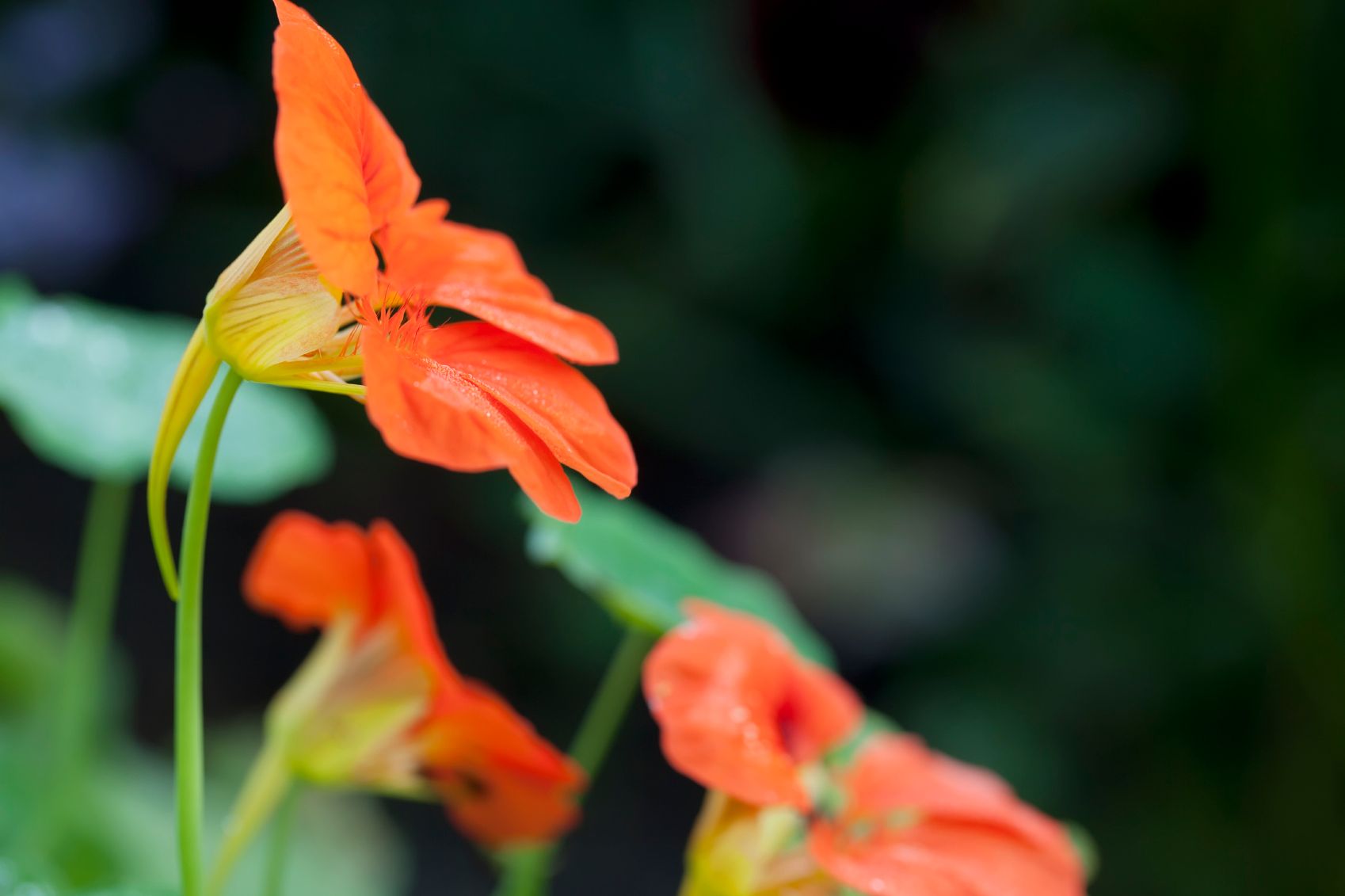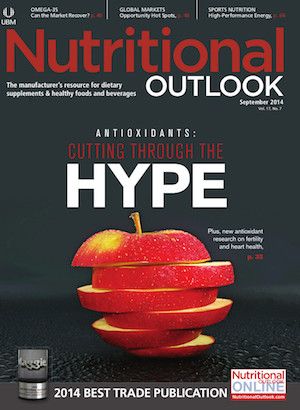Which Edible Flowers Have Grocery Store Potential?
Delicate as they are, some flower petals are totally edible. But which ones last long enough for grocery stores?

Despite their limited use, edible flowers such as nasturtium can be and are consumed in salads, teas, and other forms by people around the world. But flowers are delicate plants. Which edible flowers, then, can last long enough to warrant their sale and shelf space in health food stores?
A team of researchers led by Pennsylvania State University’s Kathleen Kelley, PhD, harvested five species of edible flowers in greenhouses-viola, pansy, nasturtium, borage, and scarlet runner bean-and immediately packaged and refrigerated them to assess each flower’s marketability over the course of two weeks refrigeration. Each sample was judged on a marketability scale of 0 to 5 (5 being the best), using visible signs of water-soaked, wilted, and/or discolored petals as indications of damaged, unmarketable flowers.
When stored at 0–2.5°C for two weeks, viola, pansy, and nasturtium flowers presented similar losses in quality but still earned scores of 5. Borage flowers stored at 0–5°C were marketable with a score of 3 or higher after one week, and they were still marketable after two weeks when stored at -2.5°C. Scarlet runner bean flowers were marketable after one week of 0–10°C, but they were deemed unmarketable after two weeks.
Each flower evidently has its own conditions where it can last at least a week in good form, but Kelley notes that previous research indicates most grocery store fridges are kept at 7.6-8.4°C. “This is close to our treatment at 10°C,” wrote the authors. “All flowers except borage can apparently be stored at this temperature for one week, without becoming unmarketable. These four flowers are thus, suitable for supermarket sales, provided they have been not stored too long prior to the retail phase.”
Kelley’s research provides much-needed support to the potential mass marketing edible flowers because, unlike other fresh crops, little information is available on how to store flowers intended for consumption.
The flowers used in this study were maintained in a greenhouse. They were harvested when completely expanded and then packaged immediately.
Photo ©iStockphoto.com/Mantonature
Robby Gardnerâ¨
Associate Editor
Nutritional Outlook magazine
â¨robby.gardner@ubm.com

Balchem’s Newest Launch Optifolin+® Brings Innovation to the Folate Market
November 15th 2024Supplement launches featuring 5-MTHF are on the rise with double digit growth. In this episode of Nutritional Outlook’s podcast, we explore Optifolin+®, a new ingredient in the market that offers essential nutrition from prenatal through adulthood. Join us as we uncover the potential impact of the next evolution in folate, setting the stage for a healthier future.
The Nutritional Outlook Podcast Episode 35: Prioritizing Women's Health Research and Innovation
October 28th 2024On this month's episode of the Nutritional Outlook Podcast, Cepham's founder and president, Anand Swaroop, discusses the company's recent announcement to prioritize women's health research and innovation.